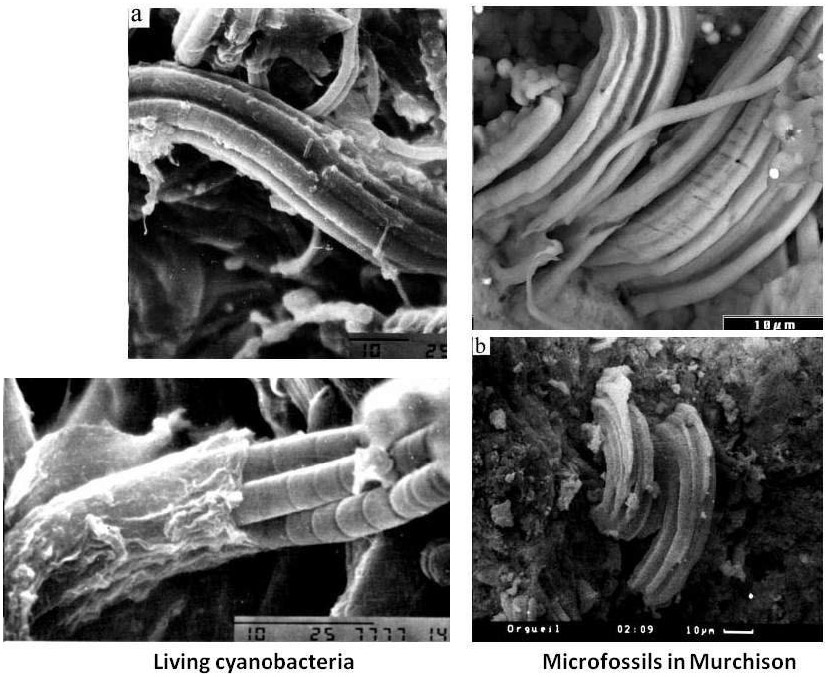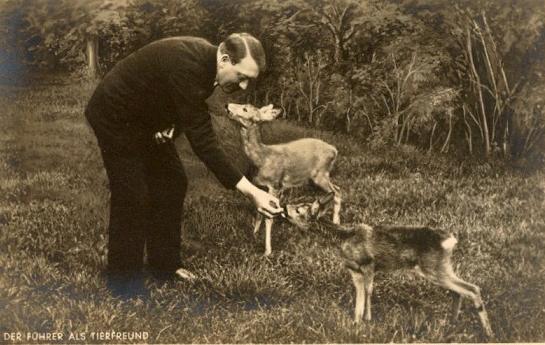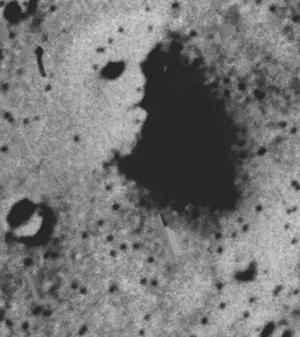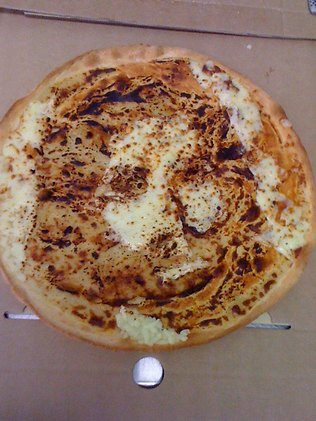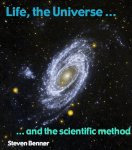In middle school, we learned that scientists accept conclusions when they are supported by evidence. Were it only so simple.
Take Richard Hoover. Working at NASA in Alabama, Hoover sliced up a piece of a Murchison “carbonaceous chondrites”, a meteorite rich in tarry, carbon-rich material. Looking at the slices with an electron microscope, he saw features in the carbon-rich material that looked like bacteria and fungi.
These pictures were certainly evidence. Compare for yourself the images from the chondrites with electron micrographs of Earth bacteria and fungi. Both have round cell-like structures. Both have spirals, and other shapes familiar to microbiologist.
Both have filaments. They look like microbes.
Let that sink in for a moment. Bacteria. In a rock. From outer space.
Hoover rejected the hypothesis that he was seeing bacteria from Earth that infected the rock after it had landed on Earth. The structures lacked the nitrogen that such bacteria would have brought with them. Instead, he concluded from his evidence that bacteria actually live in rocks in outer space.
This is Star Trek stuff. If alien life exists in rocks in outer space, even if only of the single-celled kind, then the likelihood of life on whole planets would seem to go up. Of the sophisticated kind. Vulcans, Klingons, Romulans. Considerably.
But his conclusion was not accepted by many in the community of people who call themselves “astrobiologists”. Why?
We might conjecture that astrobiologists rejected Hoover’s conclusion using the following reasoning: (a) We have never heard of microbes living in rocks in outer space. (b) Therefore, microbes cannot possibly be living in rocks in outer space. Accordingly, (c) Hoover must have been looking at something other than the remnants of outer space-bacteria.
Everyone would agree that this reasoning is not acceptable in science. Such reasoning would have caused scientists to miss most advances in the history of science. Continental drift (continents do not drift). Evolution (species are fixed). Relativity (space-time, what the heck is that?).
As it did indeed cause many “scientists” to miss these advances.
No. Scientists are supposed to consider novel ideas and evaluate them within the context of the question: “If this crazy idea were true what, among the things we think are true, must be false?”
Let us start with a fact: If a competent advocate has total control over what data to present (and what to ignore), (s)he can make a convincing argument that any proposition is correct. Lawyers can make a persuasive case that any client is innocent. Marketers, by mentioning only the good features of a product, can make any product seem to be a desirable purchase. Even Adolf Hitler might seem like a nice chap if you select the data carefully.
This fact is especially relevant when trying to recognize patterns in images. Percival Lowell spent hours with a telescope to see canals on the surface of Mars. They are not there. Indeed, if one looks at enough pictures of parts of Mars, you will eventually see a human face. It is not a human face. Ultramicroscopy produced images that looked like DNA, images in fact arising from defects in the surface on which the DNA was supposed to be supported.
Electron microscopes produce many, many images. A square centimeter of surface, if divided into pixels about the size of a bacterial cell, gives 100 million images. With tarry organic material, like found within carbonaceous chondrites, astrobiologists had a reasonable thought: Some of these are bound to look like bacteria, something filamentous, or round, or spirally. Take enough images, and you might even find Christ in your chondrite.
Unfortunately, Hoover released only a few of the many images that he collected as he looked closely at the Murchison chondrite. This does not mean that he was being dishonest. Scientists are allowed to select a subset of their data to present to the public; indeed, they must. Too much data are generated by a real laboratory to not pick.
But, as Richard Feynman says, people are easy to deceive, and the easiest person to deceive is yourself.
Which caused the scientific community to ask: Can we see the rest of Hoover’s images?
Hoover was invited to post his images, all of them, on the internet so that everyone could browse. To see how frequently the images showed something that looked like life. To see how many showed nothing. And, while we were at it, to see how many looked like a pizza. Dr. Hoover said that his institution did not provide such a hosting service. The Foundation for Applied Molecular Evolution offered to provide these services. Hoover declined.
Exceptional claims require exceptional evidence. What makes a claim exceptional is determined by the presumptions of the community, which place a burden of proof on the claimant. The astrobiology community, Hoover’s target audience, began with the presumption that life is not present in rocks living in outer space. They are willing to consider evidence to the contrary; indeed, most would love to be convinced of the contrary. But unless all of the evidence is available for inspection, the community will dismiss claims of such. The community might be wrong, but this is how science maintains reasonable expectations while seeking new knowledge.
Daniel Benner
